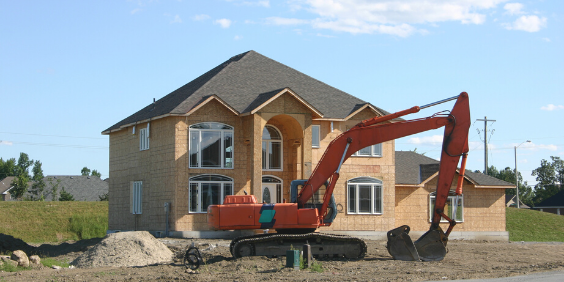Alberta Energy Regulator Releases New Clean-up Guidance for Oil and Gas Industry

Authors: Jessica Buhler, John Gruber
On December 1, 2021, the Alberta Energy Regulator (AER) released new requirements and guidance related to liability management: Directive 088 – Licensee Life-Cycle Management. This Directive is intended to support the Government of Alberta’s new Liability Management Framework, which aims to enable industry to better manage the clean-up of oil and gas wells, pipelines, and facilities through all stages of energy development. The Alberta Government set the policy direction and provides oversight for the framework, while the AER is responsible for administering the framework, including monitoring progress, working with industry and enforcement.
Directive 088 has primarily five parts:
- Holistic Licensee Assessment;
- Licensee Management Program;
- Inventory Reduction Program;
- Licence Transfers; and
- Security Deposits.
Holistic Licensee Assessment
The AER will conduct comprehensive assessments of licensees, using a multifactor approach to determine the capabilities of licensees to meet their regulatory and liability obligations throughout the energy development lifecycle (initiation, construction, operation and closure).
Licensee Management Program
The Licensee Management Program allows the AER to proactively monitor licensees using the results from the Holistic Licensee Assessment. The assessment results will identify licensees that are, or are likely to be at risk of, not meeting regulatory and liability obligations throughout the energy development life cycle. The Licensee Management Program then determines how management will occur throughout the energy development life cycle. The AER may provide education or recommendations to follow industry best practices, and in some circumstances may initiate regulatory actions to keep licensees accountable for their resource sites and infrastructure.
Inventory Reduction Program
The AER has the authority to establish “closure quotas” within the Oil and Gas Conservation Rules (OGCR) and the Pipeline Rules. This allows the AER to set minimum amounts of closure work, determine money to be spent on closure activities, or both. The Inventory Reduction Program enables the AER to monitor licensees, setting mandatory closure spend targets and voluntary closure spend targets annually for each licensee. Industry-wide targets will be published annually.
Licensees are required to meet their annual mandatory closure spend target, and must report all of their closure activities and expenditures to AER on an annual basis. The Inventory Reduction Program also requires thorough record-keeping for closure activities and spending, permitting the AER to request this information from any licensee.
Licensees, if circumstances permit, may elect to provide a security deposit in place of undertaking closure work. The AER will determine a threshold annually for when licensees may elect to provide a security deposit in the full amount of their mandatory closure spend target instead of meeting that target through closure work. Failure to meet the target by the deadline, or to provide the security deposit in lieu, will trigger a Holistic Licensee Assessment.
Licence Transfers
Upon application for a licence transfer, a Holistic Licensee Assessment is triggered for both the transferor and the transferee. This assessment will review abandoned, reclaimed and reclamation-exempt sites to ensure they are held by a responsible party that can address, manage and monitor current conditions and future issues of public safety and environmental concern. The results of this assessment, as well as any other factor the AER deems appropriate, will lead to a decision to approve, approve with conditions, or deny the licence transfer application.
Security Deposits
The AER has broad authority to require security deposits across the energy development life cycle. The AER will conduct a Holistic Licensee Assessment to determine the amount of security required. If the AER determines that a security deposit is required, it may consider the value of the liability and the present value of future cash flows based on the reserves and economic analysis. The maximum amount of security that may be assessed is the licensee’s total liabilities, including the cost of providing care and custody and the cost to permanently end operations, which includes the abandonment and reclamation of the site. Where a licensee requests a refund of its security deposit, a Holistic Licensee Assessment is triggered.
As is always the case, the impact of this Directive will be in its execution and enforcement by the AER. Many of the assessments and factors to be considered under the Directive are subjective in nature and the AER will have a lot of discretion with respect to how it is applied. If you have any questions about the application of Directive 088, please reach out to any member of our Energy or Environmental practice groups.



